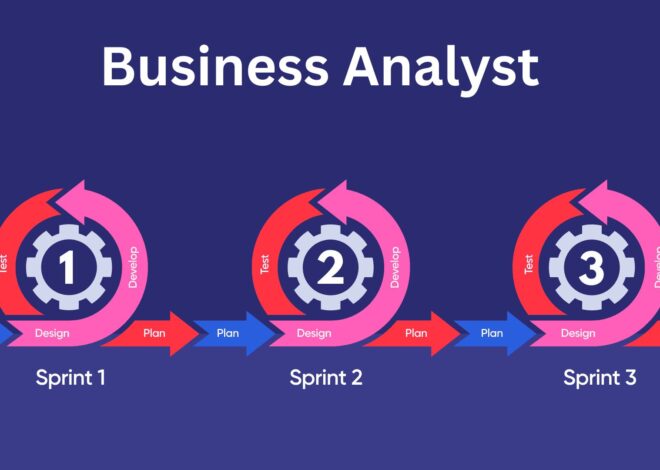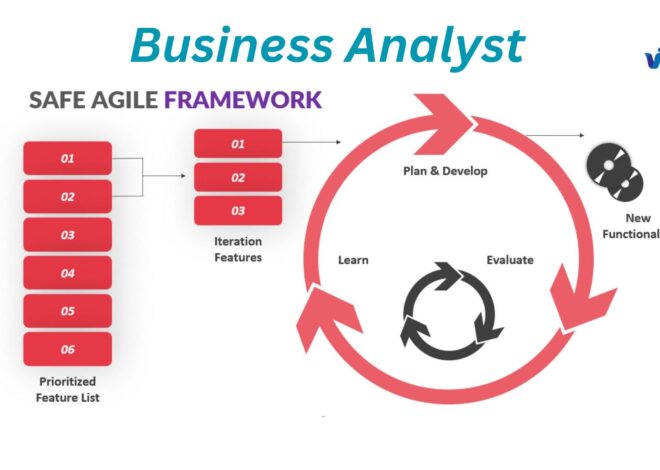Introduction:
Business Analysts (BAs) play a crucial role in bridging the gap between business objectives and technical solutions within organizations. Their responsibilities encompass a wide array of tasks, from gathering and analysing requirements to facilitating communication between stakeholders and IT teams. In this article, we will explore the key roles and responsibilities of a Business Analyst, along with the essential techniques they employ to fulfil their duties effectively. Business Analyst Training Institute
Roles and Responsibilities:
Requirement Elicitation and Analysis: BAs are responsible for understanding and documenting the needs of various stakeholders, including clients, users, and business units. They conduct interviews, workshops, and surveys to gather requirements comprehensively.
Documentation:
BAs translate business requirements into detailed documentation, such as business requirements documents (BRDs) and functional specifications. These documents serve as guidelines for development teams and ensure alignment with business objectives. Business Analyst Course Online
Communication Facilitation:
BAs act as intermediaries between business stakeholders and technical teams, ensuring clear communication and understanding between both parties. They facilitate meetings, presentations, and discussions to resolve conflicts and ensure project success.
Process Improvement:
BAs analyse existing business processes to identify inefficiencies and areas for improvement. They propose solutions and implement changes to streamline operations and enhance productivity. Business Analyst Training
Quality Assurance:
BAs collaborate with QA teams to define test cases and validate software against business requirements. They participate in testing activities to ensure that deliverables meet quality standards and user expectations.
Key Techniques:
SWOT Analysis: BAs use SWOT (Strengths, Weaknesses, Opportunities, Threats) analysis to assess the internal and external factors affecting a project or business initiative. This technique helps in identifying risks and opportunities for strategic planning.
User Stories:
BAs employ user stories to capture functional requirements from the perspective of end-users. These concise narratives describe specific features or functionalities desired by users, guiding development efforts effectively. Business Analyst Course in Hyderabad
Prototyping:
BAs create prototypes or mock-up to visualize and validate proposed solutions with stakeholders. Prototyping enables early feedback and reduces the risk of misinterpretation during development.
Data Modelling:
BAs use data modelling techniques, such as Entity-Relationship Diagrams (ERDs) or Data Flow Diagrams (DFDs), to analyse and represent the relationships between data entities and processes within a system. Business Analyst Training in India
Conclusion:
In conclusion, Business Analysts play a pivotal role in ensuring the successful delivery of projects by aligning business objectives with technical solutions. Through effective requirement elicitation, communication facilitation, and the application of key techniques, BAs contribute significantly to the achievement of organizational goals and objectives.
Visualpath offers the Business Analyst Training in Ameer pet conducted by real-time experts. Business Analyst Training Institute is available in Hyderabad and is provided to individuals globally in the USA, UK, Canada, Dubai, and Australia. Contact us at+91-9989971070.
WhatsApp https://www.whatsapp.com/catalog/917032290546/
Visit: https://www.visualpath.in/business-analyst-online-training-in-hyderabad.html




